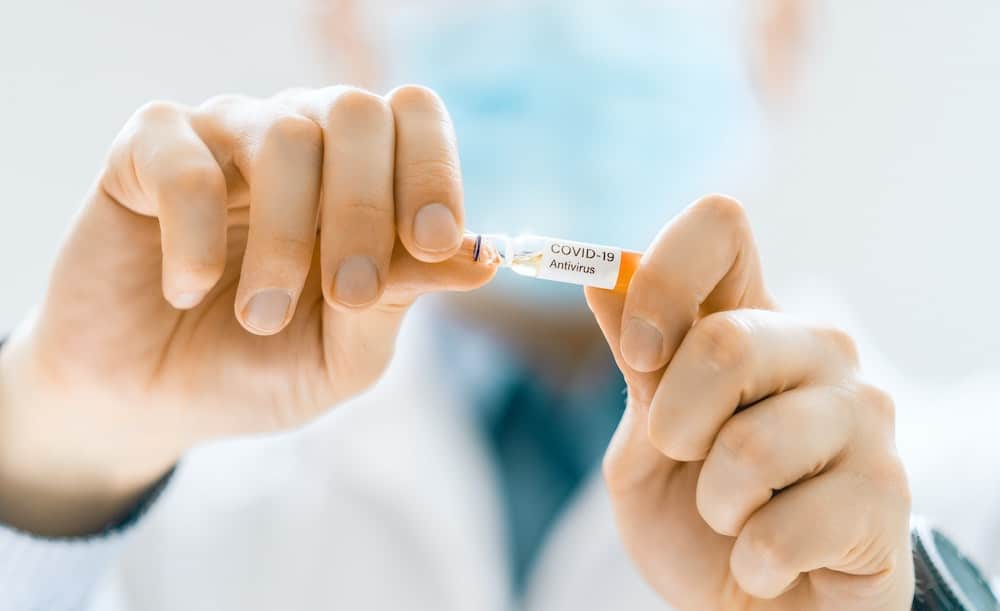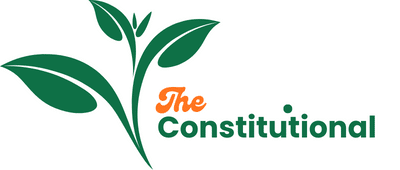What’s the Most Effective Way to Prevent Tennis Elbow in Racket Sports?

The sting of pain shooting through your forearm as you swing your racket is a feeling all too familiar for many who engage in racket sports. The culprit is the infamous condition known as tennis elbow or lateral epicondylitis.
It’s a common injury affecting players of all levels and can be debilitating, often sidelining you from the sports you love. But what if there was a way to prevent this painful situation? This article delves into the most effective strategies to prevent tennis elbow in racket sports, exploring its symptoms, causes, treatment options, and prevention strategies.
A lire aussi : How Can Haptic Feedback Devices Enhance Training for Paralympic Swimmers?
Understanding the Symptoms and Causes of Tennis Elbow
Before diving into prevention, it’s crucial to understand what tennis elbow is and how it manifests itself. Tennis elbow, or lateral epicondylitis, is characterized by discomfort or pain on the outer side of your elbow, radiating down to your forearm and wrist. It’s typically caused by overuse or strain on the arm muscles and tendons that you use to grip things and control your wrist.
While the name suggests it exclusively affects tennis players, tennis elbow can happen to anyone who repetitively uses their forearm muscles. However, racket sports players are notably susceptible due to the high-intensity wrist and arm movements involved in these sports.
Lire également : How Can Proprioceptive Training Improve Balance in Elite Figure Skaters?
Symptoms often develop gradually, starting with mild discomfort during certain activities, like gripping a racket or shaking hands. Over time, the pain may become constant and affect routine tasks such as lifting objects or even holding a coffee cup.
Recognizing the Need for Treatment
Tennis elbow is not an injury to be taken lightly. If left untreated, it can lead to more serious complications such as chronic pain or reduced function in your hand and wrist. Recognising the need for treatment is, therefore, an essential step in the recovery process.
Treatment for tennis elbow typically involves a combination of rest, physical therapy, and sometimes surgery. Rest allows the inflammation in your elbow to subside, while physical therapy will help strengthen your forearm muscles and improve your arm’s flexibility.
In severe cases, where pain persists despite these treatments, surgery may be necessary. This usually involves removing damaged tissue from the elbow to relieve pressure on the tendon. However, surgery is always the last resort and most people will see significant improvements with non-surgical treatments.
Adopting Preventative Measures
Prevention is always better than cure. The best way to prevent tennis elbow is by taking steps to minimize strain on your forearm muscles. This involves using the correct techniques when playing racket sports, strengthening your wrist and forearm muscles, and ensuring you take regular breaks during play.
Correct technique is crucial in preventing injury. For tennis players, this might involve using a two-handed backhand instead of a one-handed backhand, or using a racket with a smaller grip size to reduce stress on your forearm. It’s also important to use the whole arm to swing your racket, not just your wrist.
In addition to technique, strengthening exercises can also help prevent tennis elbow. Exercises like wrist extensions, grip strengthening, and forearm pronation and supination can strengthen the tendons and muscles in your arm, reducing the risk of injury.
Lastly, taking regular breaks is vital. Overuse is a significant factor in tennis elbow, so ensuring you have adequate rest between games or training sessions will help minimize the risk of developing this condition.
Evolving Trends in Sports Injury Prevention
As our understanding of sports injuries like tennis elbow evolves, so too do the methods we use to prevent and treat them. Technology is playing an increasingly vital role in preventative medicine, with things like wearable devices being used to monitor body mechanics and identify potential injury risks.
These devices can provide real-time feedback on your swing mechanics, allowing you to make immediate corrections and reduce strain on your arm. They can also track your play frequency and intensity, helping you manage your rest and recovery times more effectively.
Additionally, there is a growing emphasis on the role of nutrition in injury prevention. Research suggests that certain nutrients, like protein and omega-3 fatty acids, can help reduce inflammation and speed up recovery times.
In conclusion, preventing tennis elbow involves a combination of correct technique, strength training, adequate rest, technological intervention and proper nutrition. By following these steps, you can enjoy your favourite racket sports without fear of the dreaded tennis elbow.
Incorporating Physical Therapy and Exercises
Physical therapy forms a crucial part of the treatment and prevention of tennis elbow. It involves a series of strength-building and stretching exercises designed to improve muscle flexibility and endurance, relieving stress on the tendons attached to your lateral epicondyle.
A healthcare provider may recommend exercises that specifically target the wrist extensors, the set of muscles located on the outside of your forearm. These muscles are often overused in racket sports, leading to tennis elbow. Hence, strengthening these muscles can reduce the risk of experiencing elbow pain.
For instance, wrist extension exercises involve slowly lifting and lowering a light weight using only your wrist. This exercise helps to build strength in the extensor muscles, which can protect your lateral elbow from excessive strain. Similarly, forearm pronation and supination exercises involve twisting your arm from palm down to palm up while holding a weight, helping to strengthen your forearm muscles.
Another crucial component of physical therapy is learning the correct techniques to prevent tennis elbow. This could include learning how to swing your racket using your whole arm, rather than just your wrist, to reduce strain on your forearm muscles.
Remember, it’s crucial to consult with a healthcare provider or a professional in sports medicine before starting any new exercise regimen. They can provide guidance to ensure that the exercises are performed correctly, reducing the risk of further injury.
The Role of Platelet-Rich Plasma in Treating Tennis Elbow
Platelet-rich plasma (PRP) therapy has emerged as a potential treatment option for chronic cases of tennis elbow that do not respond to traditional treatments. In PRP therapy, a small sample of your blood is processed to increase the concentration of platelets, which are cells that aid in healing.
The platelet-rich plasma is then injected into the painful area around your elbow. The idea behind PRP therapy is that the high concentration of platelets can promote healing of the damaged tendons attached to the lateral epicondyle. Several studies suggest that PRP can help reduce pain and improve function in patients with chronic tennis elbow.
However, more research is needed to fully understand the effectiveness of PRP for tennis elbow treatment. It’s crucial to discuss all available treatment options with your healthcare provider to decide the best course of action for your specific situation.
Conclusion
The prevention of tennis elbow, or lateral epicondylitis, is achievable with a comprehensive approach that includes the correct playing techniques, targeted physical therapy, regular rest, and proper nutrition. Latest trends in sports medicine, such as the use of wearable devices and platelet-rich plasma therapy, offer promising avenues for both prevention and treatment.
Remember, early recognition of symptoms is key to preventing the progression of the condition. If you experience persistent elbow pain during or after playing racket sports, seek prompt medical attention. With a proactive approach and the right treatment, you can continue enjoying your favorite racket sports, free from the dread of tennis elbow.
